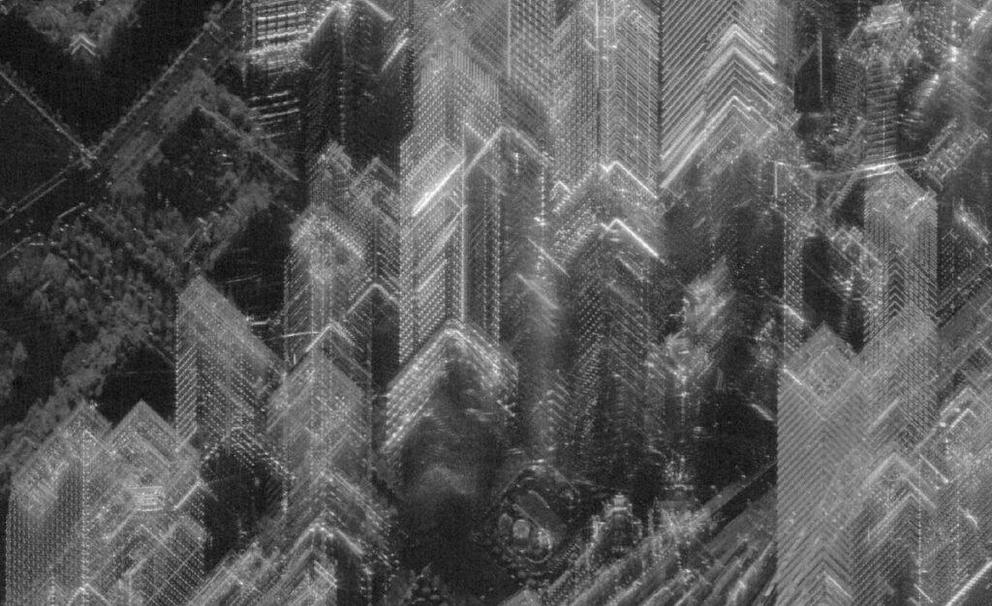A new satellite can peer inside buildings during the day or night
A new satellite launched by Capella Space has the capability to see inside buildings and through walls during the day and night offering clients a crystal clear image of anywhere in the world.
Futurism claims in a new article these capabilities are new. The publication writes the following, “And unlike most of the huge array of surveillance and observational satellites orbiting the Earth, its satellite Capella 2 can snap a clear picture during night or day, rain or shine.”
“It turns out that half of the world is in nighttime, and half of the world, on average, is cloudy,” CEO Payam Banazadeh, a former system engineer at the NASA Jet Propulsion Laboratory, told Futurism. “When you combine those two together, about 75 percent of Earth, at any given time, is going to be cloudy, nighttime, or it’s going to be both. It’s invisible to you, and that portion is moving around.”
But we know from U.S. President Donald Trump tweeting out an image of an Iranian launch site that the current capabilities of America’s satellites are as advanced as Capella Space. Trump tweeted the photo of a charred launchpad at the Imam Khomeini Space Center in Iran last year.
In that photograph, you can clearly see the Persian lettering around the launchpad, the towers, the steps on a staircase, and individual fence posts.
Trump had inadvertently revealed the imaging potential of one of America’s most advanced photoreconnaissance satellites the USA 224, a classified National Reconnaissance Office satellite launched in 2011.
This was found thanks to internet sleuths who were able to track down the satellite, Wired reported.
The USA 224 is believed to be a member of the “KH-11” family of electro-optical surveillance satellites, which long replaced film-based surveillance satellites in the 1970s. That means that type of image quality was possible only a decade ago in 2011.
Capella yet another company just launched a platform allowing governmental or private customers to obtain images of anything in the world.
However, Capella claims to have made further advancements into not only the imaging quality but allowing customers to see through clouds.
“There’s a bunch of gaps in how we’re currently observing Earth from space — the majority of the sensors we use to observe earth are optical imaging sensors,” he said. “If it’s cloudy, you’re going to see the clouds, not what’s happening under the clouds. And if there’s not much light, you’re going to have a really hard time getting an image that is useful.”
Capella uses optical imaging and synthetic aperture radar, or SAR.
According to Futurism, SAR works similarly to how dolphins and bats navigate using echolocation or sonar. The satellite beams down a powerful 9.65 GHz radio signal toward its target, and then collects and interprets the signal as it bounces back up into orbit. Since those signals are being sent down to a target it can even penetrate right through a building’s wall, essentially x-ray vision.
“At that frequency, the clouds are pretty much transparent,” Banazadeh told Futurism. “You can penetrate clouds, fog, moisture, smoke, haze. Those things don’t matter anymore. And because you’re generating your own signal, it’s as if you’re carrying a flashlight. You don’t care if it’s day or night.”
For the rest of this article please go to source link below.

